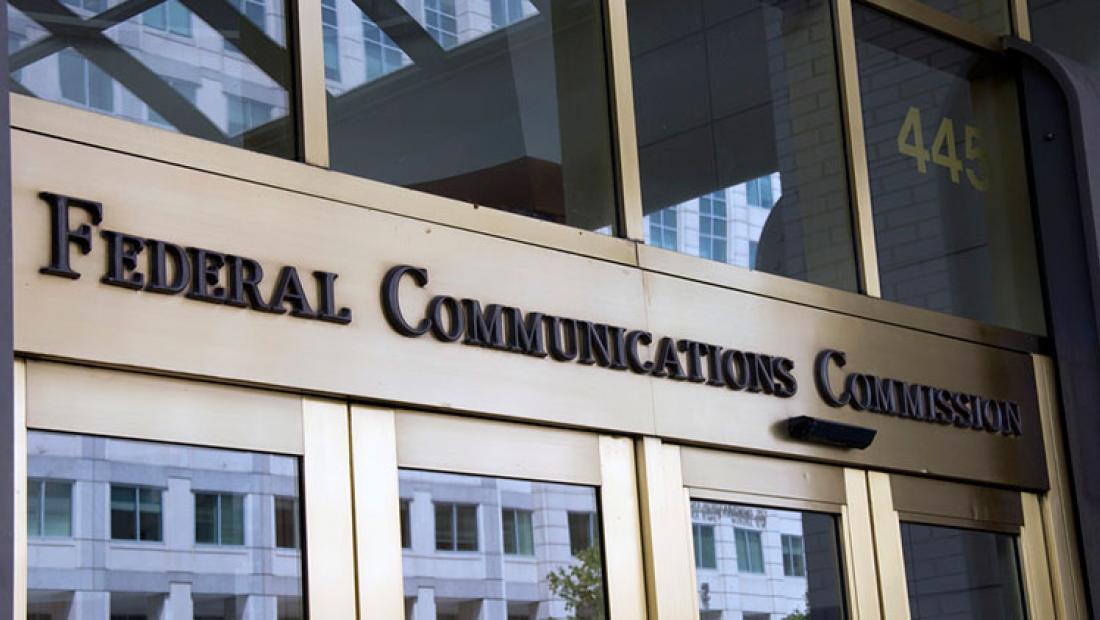FCC Waives Graphics-Related CVAA Rules for Broadcast, Cable

The FCC has granted analog-only cable systems a permanent waiver from one of its rules implementing the 21st Century Communications and Video Accessibility Act (CVAA) and extended for another five years the waiver to TV broadcasters from the requirement to provide audio description of non-textual emergency info, like maps or radar sweeps.
The FCC requires emergency information provided visually during non-newscast programming--say, a tornado watch or warning crawl--to be made audible to the blind and visually impaired via a secondary audio stream.
The American Cable Association had sought a waiver of the Audio Crawl Rule, saying analog-only systems, which are essentially by definition the smaller systems ACA represents, lacked the equipment needed to pass through the audio.
The current three-year waiver from the requirement was to have expired June 12. ACA had asked for either a permanent waiver or a five-year extension.
The FCC said there was good cause for the permanent waiver, but made that waiver conditional on operators providing ongoing notice to the public of their waiver status.
In November 2016, the National Association of Broadcasters had been granted an 18-month waiver of the requirement for audible descriptions of radar maps and other graphics on the argument that a technical solution was not yet available and that the waiver would not unduly disrupt the availability of emergency info. NAB, joined by the American Council of the Blind (ACB) and the American Foundation for the Blind (AFB), then sought the five-year extension saying an automated approach remained elusive and warning that news teams would remove maps and other graphics rather than risk FCC enforcement.
The Video Programming Subcommittee of the FCC's Disability Advisory Committee (DAC) agreed no solution was in the offing and recommended the five-year extension.
Broadcasting & Cable Newsletter
The smarter way to stay on top of broadcasting and cable industry. Sign up below
Noting that recommendation the FCC concluded it was a special circumstance and warranted the extension, noting that "in most cases, the critical details of an emergency provided in graphic form are duplicative of information conveyed in textual crawls, which are already aurally described and accessible to individuals who are blind or visually impaired."
NAB will have to file a report to the FCC at the midpoint of the waiver period Nov. 25, 2020) detailing "the extent to which broadcasters have made progress in finding accessible solutions or alternatives to providing critical emergency details generally delivered in a graphic format, as well as the extent to which this waiver continues to be necessary."
'[A]nalog-only cable systems lack the financial capacity to upgrade their equipment as needed to pass through secondary audio streams, and the financial burden of compliance would force financial marginal analog systems to go out of business," said ACA president Matt Polka. "ACA appreciates the Bureau's recognition that these systems frequently provide a value-priced option for subscribers needing only basic service, and the relief granted in this order will help to ensure that such systems can continue to serve their communities."
Contributing editor John Eggerton has been an editor and/or writer on media regulation, legislation and policy for over four decades, including covering the FCC, FTC, Congress, the major media trade associations, and the federal courts. In addition to Multichannel News and Broadcasting + Cable, his work has appeared in Radio World, TV Technology, TV Fax, This Week in Consumer Electronics, Variety and the Encyclopedia Britannica.

